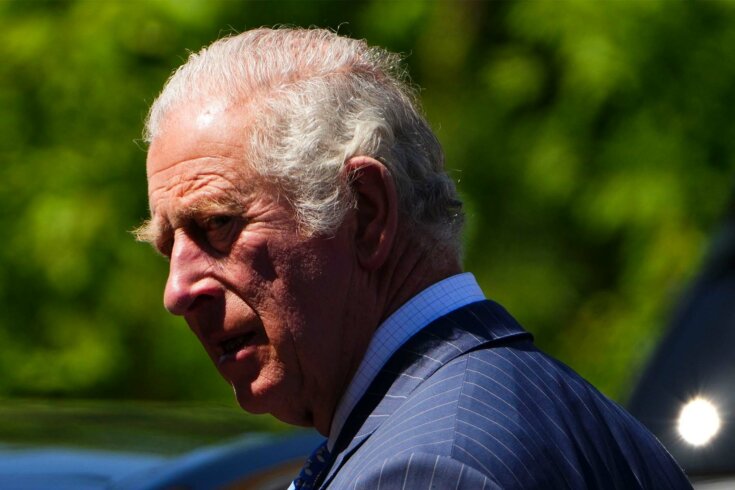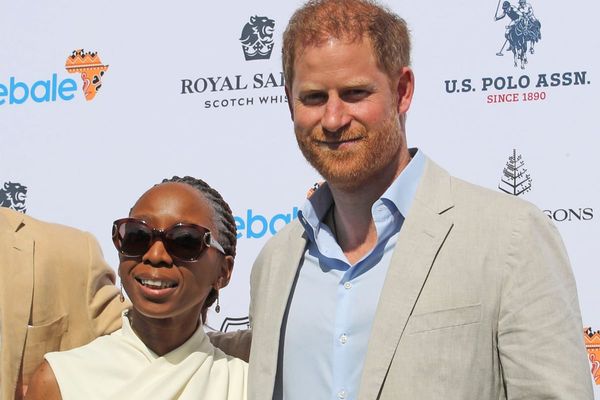
On September 8, 2022, Charles III became monarch of Canada and fourteen other commonwealth realms around the world. Given that he’s a seventy-four-year-old with years of scandal behind him and is still working nearly a decade beyond the retirement age for most Canadians, why are we surprised that people in this country appear to be greeting his upgrade to King of Canada with a shrug rather than cheer?
There are some issues that add context to the storyline of apathy. Indifference to Charles appears to stem, in part, from years of neglect by the federal government as well as an increasingly murky understanding of the role of the Crown in Canada. How can citizens have a serious discussion about the head of state and the Crown when so many people here don’t understand his position in this country, the monarch’s role in our constitutional system, or the Crown’s?
In 2016, Nathan Tidridge, who has extensively written about the Crown and its ties within Canada, estimated that 15 percent of Canadians understood the concept of the Crown. Now, he thinks, that’s fallen to maybe 10 percent. (For the record, the Crown is the state embodied in a person, the King of Canada. Our constitutional system is monarchical, and as such, all powers—judicial, executive, or legislative—flow from the Crown.)
The lack of knowledge about the Crown is everywhere. Even polls that are used to signal its doom don’t always get the details right. After the death of Queen Elizabeth II in September 2022, Pollara Strategic Insights released a poll on the future of the Crown. The polling firm had asked 1,325 Canadians for their opinion of “the new King of England, Charles III.” The problem is that the question referenced a foreign king, not the Canadian monarch. (For the record, since the Kingdom of England became the Kingdom of Great Britain, the last English king died in 1702, and his name is William III.) A newer poll released by Leger in March 2023 used similar wording in its royal queries, though it used the correct name, asking Canadians for their opinions of the new “King of the United Kingdom” and about their personal attachment to “the British monarchy” in addition to asking if they knew about the coronation. Is it any wonder that Canadians tell pollsters they aren’t interested in such a person?
For those who say that Canadians, including those being polled, know that Charles III is our head of state and understand how the Canadian Crown is different from the UK or Australian Crowns, I’ve got some depressing news: few of the educational systems across this country actually require students to learn about how the Canadian state is organized. Only Ontario mandates that students take a civics course, and even then, it’s a half course in grade ten, which many complete online. Tidridge teaches that course. At the start of each term, he gives students a quiz to establish their level of understanding of our systems of government. And here again, the issue of Canada’s “apathy about Charles” comes into focus. In his years of teaching, Tidridge says, on average, only around 10 percent could correctly identify Canada’s head of state.
Such ignorance of Canadian institutions, including the monarchy, and governance has been building for years. Tidridge, now also a vice president of the Institute for the Study of the Crown in Canada, notes that his civics material contained an incorrect definition for Parliament for two decades. Compounding the problem, he says, educational material often comes from big American firms and is seen through an American cultural lens. Perhaps it’s no surprise that Alberta premier Danielle Smith thought she could pardon COVID-19 health violators. (In Canada, the Royal Prerogative of Mercy belongs to the governor general and lieutenant governors.)
In that civics material, Canada’s monarch is presented as “just a ceremonial figure” and “always represented in a negative lens—archaic, just there for symbolism,” Tidridge says. He’s not confident that such a depiction will change when the material is updated to reflect the shift from the late queen to her son.
Our opinion of Charles as King of Canada is shaped largely by choices—including those made by successive governments of Canada, more so than those made by Buckingham Palace. Charles has visited Canada nineteen times in the past half century, so roughly once every two and a half years. As heir and now monarch, he can’t fly into Canadian airspace without the express invitation of the federal government. And when he’s here, his schedule is largely designed by Ottawa and the provinces to showcase their priorities. When he and Camilla, then the Duchess of Cornwall, were here last May, they were greeted by large crowds, but the tour, which hopped from St. John’s to Ottawa and then to the Arctic, was over in three days, including just four hours in Yellowknife to talk to Indigenous leaders about issues such as reconciliation. No wonder Tidridge says, “I think that apathy largely lies at the feet of the government.”
In my opinion, there is a decided lack of governmental interest in celebrating or raising the profile of our new king. It can be seen in how the coronation is being marked by Ottawa. Though Prime Minister Justin Trudeau announced on March 16 that there would be ceremony on May 6, the granular details were released only on April 24. The meagre offerings include a one-hour event at 10 a.m. on a Saturday in Ottawa, a stamp, and an allocation of $257,000 to the Royal Canadian Geographic Society “to support the creation of learning materials commemorating King Charles III’s Coronation and his ties to Canada.” One can hear the yawns already.
Should Canadian monarchists worry about our monarch and our Crown? Yes.
And beyond our feelings toward individual members of the royal family, the monarchy itself is being seen as decidedly un-Canadian. The new Angus Reid poll on the monarchy shows a graphic with three options for Canada: a) “continue as a constitutional monarchy for generations to come,” b) “stick with the monarchy because changing the constitution is difficult,” and c) “try to change the constitution to cut ties with the monarchy even if it is difficult.” Given that the first two, in essence, are plod along, nothing will ever change and adapt or grow options, is it any wonder that the one to attract the most favour (45 percent) is reopening the Constitution?
Successive governments have ignored and neglected the institution at the heart of the country. Increasingly, the Crown isn’t taught in schools or understood by adults. No wonder so many Canadians believe the narrative that the king, the monarchy, and the Crown are out of touch and archaic. And those attitudes could force change faster and more radically than anyone expects. Or the Crown could wither and die of apathy and neglect—slowly stripped of powers and prerogatives without any chance for the population to decide whether that’s really in its best interests.







